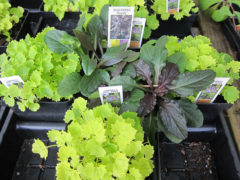
‘Royalty’ bugleweed
Ajuga reptans 'Royalty'
Dark burgundy to black foliage with bright blue flowers makes a great low-mainetance groundcover that … Continued
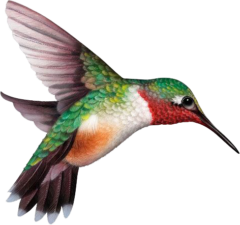 Hummingbirds, bees and butterflies are well-known pollinators, but there are thousands of unsung pollinator heroes, including moths, wasps, flies, and beetles, many mammals, birds, and reptiles, who also take on the job.
Hummingbirds, bees and butterflies are well-known pollinators, but there are thousands of unsung pollinator heroes, including moths, wasps, flies, and beetles, many mammals, birds, and reptiles, who also take on the job.
Pollinators move from plant to plant, fueling up with pollen and nectar from blooming trees, shrubs, perennials, annuals, vegetable plants, and herbs. As they move, the pollinators transport and deposit pollen, fertilizing plants and allowing them to reproduce.
Pollinator plants can be native and non-native, but not all flowering plants are equal when it comes to providing the highest quality protein-rich pollen. Many hybrids don’t even produce pollen at all. The following list includes pollen-rich plants to include in your garden to provide pollinators with food.
Local butterfly expert Lenora Larson has created these informational handouts. You can download them here!
• Butterflies: Flying Flowers in your Garden!
• A Vital Connection: Native Plants and Butterflies
• Long Lips Farm Caterpillar Foodplants
• Butterfly Bartending: Nectar Flowers
• Long Lips Farm: Selected Butterfly Nectar Flowers
• Bee Friendly: Plants for Bees and Other Pollinators
Since 1970 the population of North American birds has dropped nearly 30% — almost three billion birds have vanished from our forests, grasslands, and backyards in less than a human lifetime. It’s a chilling fact that makes it clear that we must act as individuals to help ensure their survival.
Most importantly, ninety-six percent of all terrestrial bird species rear their young on insects so it is also important to grow plants that feed insects to provide a well-rounded habitat in your garden.
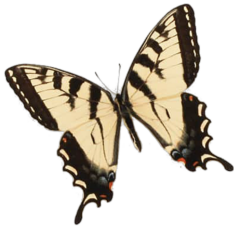

Ajuga reptans 'Royalty'
Dark burgundy to black foliage with bright blue flowers makes a great low-mainetance groundcover that … Continued
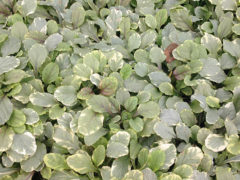
Ajuga reptans 'Burgundy Glow'
Blue flower spikes in spring above variegated white, green, and burgundy foliage. Tolerant of deep … Continued
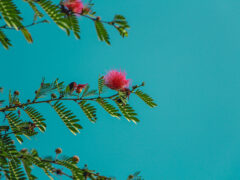
Albizia julibrissin
Native to southwestern and eastern Asia, this deciduous tree makes a statement with its powder-puff … Continued
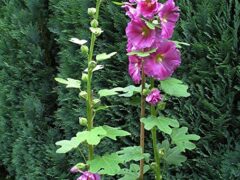
Alcea ficifolia
This less-known variety of hollyhock is native to Siberia and was introduced at the end … Continued
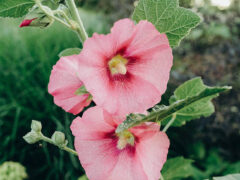
Alcea rosea 'Single' mix
This easy-to-grow heirloom garden plant thrives in average soil in full sun to partial shade … Continued
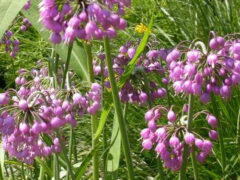
Allium cernuum
Easily grown in average soil in full sun to light shade. Plants naturalize by self-seeding … Continued
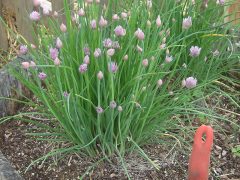
Allium schoenoprasum
Mild onion flavor. Can be used fresh in salads, or can be frozen or dried … Continued
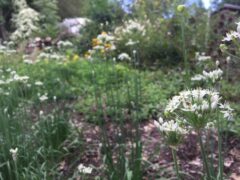
Allium tuberosum
White flowers self-seed and make an easy low maintenance filler winding through perennial borders. Dried … Continued
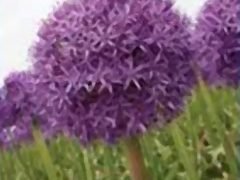
Allium ‘Globemaster’
The biggest and best Allium! Silvery purple florets form huge, 8–10″ flower globes of purple … Continued
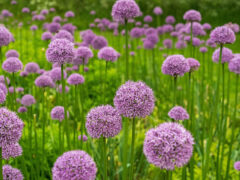
Allium 'Millenium'
A hybrid ornamental onion. Each bulb produces an upright clump of slender, grass-like foliage 6-12” … Continued
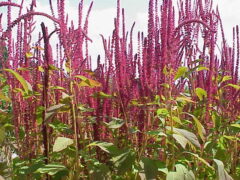
Amaranthus cruentus 'Oeschberg'
Purple-tinged foliage and eggplant plurple flower spikes make a striking back of border show. A … Continued
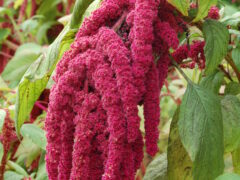
Amaranthus caudatus
A staple grain for Mayans, Aztecs, and the Incas, Victorian English gardens took up this … Continued